Front Cover
In Praise of Digital Design
and Computer Architecture
About the Authors
Digital Design and Computer Architecture
Copyright
Dedication
Table of Contents
Preface
Features
Side-by-Side Coverage of SystemVerilog and VHDL
Classic MIPS Architecture and Microarchitecture
Real-World Perspectives
Accessible Overview of Advanced Microarchitecture
End-of-Chapter Exercises and Interview Questions
Online Supplements
How to Use the Software Tools in A Course
Altera Quartus II
Microchip MPLAB IDE
Optional Tools: Synplify Premier and QtSpim
Labs
Bugs
Acknowledgments
1 From Zero to One
1.1 The Game Plan
1.2 The Art of Managing Complexity
1.2.1 Abstraction
1.2.2 Discipline
1.2.3 The Three-Y's
1.3 The Digital Abstraction
1.4 Number Systems
1.4.1 Decimal Numbers
1.4.2 Binary Numbers
1.4.3 Hexadecimal Numbers
1.4.4 Bytes, Nibbles, and All That Jazz
1.4.5 Binary Addition
1.4.6 Signed Binary Numbers
Sign/Magnitude Numbers
Two's Complement Numbers
Comparison of Number Systems
1.5 Logic Gates
1.5.1 NOT Gate
1.5.2 Buffer
1.5.3 AND Gate
1.5.4 OR Gate
1.5.5 Other Two-Input Gates
1.5.6 Multiple-Input Gates
1.6 Beneath the Digital Abstraction
1.6.1 Supply Voltage
1.6.2 Logic Levels
1.6.3 Noise Margins
1.6.4 DC Transfer Characteristics
1.6.5 The Static Discipline
1.7 CMOS Transistors*
1.7.1 Semiconductors
1.7.2 Diodes
1.7.3 Capacitors
1.7.4 nMOS and pMOS Transistors
1.7.5 CMOS NOT Gate
1.7.6 Other CMOS Logic Gates
1.7.7 Transmission Gates
1.7.8 Pseudo-nMOS Logic
1.8 Power Consumption*
1.9 Summary and a Look Ahead
Exercises
Interview Questions
2 Combinational Logic Design
2.1 Introduction
2.2 Boolean Equations
2.2.1 Terminology
2.2.2 Sum-of-Products Form
2.2.3 Product-of-Sums Form
2.3 Boolean Algebra
2.3.1 Axioms
2.3.2 Theorems of One Variable
2.3.3 Theorems of Several Variables
2.3.4 The Truth Behind It All
2.3.5 Simplifying Equations
2.4 From Logic to Gates
2.5 Multilevel Combinational Logic
2.5.1 Hardware Reduction
2.5.2 Bubble Pushing
2.6 X’s and Z’s, Oh My
2.6.1 Illegal Value: X
2.6.2 Floating Value: Z
2.7 Karnaugh Maps
2.7.1 Circular Thinking
2.7.2 Logic Minimization with K-Maps
2.7.3 Don't Cares
2.7.4 The Big Picture
2.8 Combinational Building Blocks
2.8.1 Multiplexers
2:1 Multiplexer
Wider Multiplexers
Multiplexer Logic
2.8.2 Decoders
Decoder Logic
2.9 Timing
2.9.1 Propagation and Contamination Delay
2.9.2 Glitches
2.10 Summary
Exercises
Interview Questions
3 Sequential Logic Design
3.1 Introduction
3.2 Latches and Flip-Flops
3.2.1 SR Latch
3.2.2 D Latch
3.2.3 D FIip-Flop
3.2.4 Register
3.2.5 Enabled Flip-Flop
3.2.6 Resettable Flip-Flop
3.2.7 Transistor-Level Latch and Flip-Flop Designs*
3.2.8 Putting It All Together
3.3 Synchronous Logic Design
3.3.1 Some Problematic Circuits
3.3.2 Synchronous Sequential Circuits
3.3.3 Synchronous and Asynchronous Circuits
3.4 Finite State Machines
3.4.1 FSM Design Example
3.4.2 State Encodings
3.4.3 Moore and Mealy Machines
3.4.4 Factoring State Machines
3.4.5 Deriving an FSM from a Schematic
3.4.6 FSM Review
3.5 Timing of Sequential Logic
3.5.1 The Dynamic Discipline
3.5.2 System Timing
Setup Time Constraint
Hold Time Constraint
Putting It All Together
3.5.3 Clock Skew*
3.5.4 Metastability
Metastable State
Resolution Time
3.5.5 Synchronizers
3.5.6 Derivation of Resolution Time*
3.6 Parallelism
3.7 Summary
Exercises
Interview Questions
4 Hardware Description Languages
4.1 Introduction
4.1.1 Modules
4.1.2 Language Origins
4.1.3 Simulation and Synthesis
Simulation
Synthesis
4.2 Combinational Logic
4.2.1 Bitwise Operators
4.2.2 Comments and White Space
4.2.3 Reduction Operators
4.2.4 Conditional Assignment
4.2.5 Internal Variables
4.2.6 Precedence
4.2.7 Numbers
4.2.8 Z’s and X’s
4.2.9 Bit Swizzling
4.2.10 Delays
4.3 Structural Modeling
4.4 Sequential Logic
4.4.1 Registers
4.4.2 Resettable Registers
4.4.3 Enabled Registers
4.4.4 Multiple Registers
4.4.5 Latches
4.5 More Combinational Logic
4.5.1 Case Statements
4.5.2 If Statements
4.5.3 Truth Tables with Don’t Cares
4.5.4 Blocking and Nonblocking Assignments
Combinational Logic*
Sequential Logic*
4.6 Finite State Machines
4.7 Data Types*
4.7.1 SystemVerilog
4.7.2 VHDL
4.8 Parameterized Modules*
4.9 Testbenches
4.10 Summary
Exercises
Interview Questions
5 Digital Building Blocks
5.1 Introduction
5.2 Arithmetic Circuits
5.2.1 Addition
Half Adder
Full Adder
Carry Propagate Adder
Ripple-Carry Adder
Carry-Lookahead Adder
Prefix Adder*
Putting It All Together
5.2.2 Subtraction
5.2.3 Comparators
5.2.4 ALU
5.2.5 Shifters and Rotators
5.2.6 Multiplication*
5.2.7 Division*
5.2.8 Further Reading
5.3 Number Systems
5.3.1 Fixed-Point Number Systems
5.3.2 Floating-Point Number Systems*
Special Cases: 0, ±∞, and NaN
Single- and Double-Precision Formats
Rounding
Floating-Point Addition
5.4 Sequential Building Blocks
5.4.1 Counters
5.4.2 Shift Registers
Scan Chains*
5.5 Memory Arrays
5.5.1 Overview
Bit Cells
Organization
Memory Ports
Memory Types
5.5.2 Dynamic Random Access Memory (DRAM)
5.5.3 Static Random Access Memory (SRAM)
5.5.4 Area and Delay
5.5.5 Register Files
5.5.6 Read Only Memory
5.5.7 Logic Using Memory Arrays
5.5.8 Memory HDL
5.6 Logic Arrays
5.6.1 Programmable Logic Array
5.6.2 Field Programmable Gate Array
5.6.3 Array Implementations*
5.7 Summary
Exercises
Interview Questions
6 Architecture
6.1 Introduction
6.2 Assembly Language
6.2.1 Instructions
6.2.2 Operands: Registers, Memory, and Constants
Registers
The Register Set
Memory
Constants/Immediates
6.3 Machine Language
6.3.1 R-Type Instructions
6.3.2 l-Type Instructions
6.3.3 J-Type Instructions
6.3.4 Interpreting Machine Language Code
6.3.5 The Power of the Stored Program
6.4 Programming
6.4.1 Arithmetic/Logical Instructions
Logical Instructions
Shift Instructions
Generating Constants
Multiplication and Division Instructions*
6.4.2 Branching
Conditional Branches
Jump
6.4.3 Conditional Statements
If Statements
If/Else Statements
Switch/Case Statements*
6.4.4 Getting Loopy
While Loops
For Loops
Magnitude Comparison
6.4.5 Arrays
Array Indexing
Bytes and Characters
6.4.6 Function Calls
Function Calls and Returns
Input Arguments and Return Values
The Stack
Preserved Registers
Recursive Function Calls
Additional Arguments and Local Variables*
6.5 Addressing Modes
6.6 Lights, Camera, Action: Compiling, Assembling, and Loading
6.6.1 The Memory Map
The Text Segment
The Global Data Segment
The Dynamic Data Segment
The Reserved Segments
6.6.2 Translating and Starting a Program
Step 1: Compilation
Step 2: Assembling
Step 3: Linking
Step 4: Loading
6.7 Odds and Ends*
6.7.1 Pseudoinstructions
6.7.2 Exceptions
6.7.3 Signed and Unsigned Instructions
Addition and Subtraction
Multiplication and Division
Set Less Than
Loads
6.7.4 Floating-Point Instructions
6.8 Real-World Perspective: x86 Architecture*
6.8.1 x86 Registers
6.8.2 x86 Operands
6.8.3 Status Flags
6.8.4 x86 Instructions
6.8.5 x86 Instruction Encoding
6.8.6 Other x86 Peculiarities
6.8.7 The Big Picture
6.9 Summary
Exercises
Interview Questions
7 Microarchitecture
7.1 Introduction
7.1.1 Architectural State and Instruction Set
7.1.2 Design Process
7.1.3 MIPS Microarchitectures
7.2 Performance Analysis
7.3 Single-Cycle Processor
7.3.1 Single-Cycle Datapath
7.3.2 Single-Cycle Control
7.3.3 More Instructions
7.3.4 Performance Analysis
7.4 Multicycle Processor
7.4.1 Multicycle Datapath
7.4.2 Multicycle Control
7.4.3 More Instructions
7.4.4 Performance Analysis
7.5 Pipelined Processor
7.5.1 Pipelined Datapath
7.5.2 Pipelined Control
7.5.3 Hazards
Solving Data Hazards with Forwarding
Solving Data Hazards with Stalls
Solving Control Hazards
Hazard Summary
7.5.4 More Instructions
7.5.5 Performance Analysis
7.6 HDL Representation*
7.6.1 Single-Cycle Processor
7.6.2 Generic Building Blocks
7.6.3 Testbench
7.7 Exceptions*
7.8 Advanced Microarchitecture*
7.8.1 Deep Pipelines
7.8.2 Branch Prediction
7.8.3 Superscalar Processor
7.8.4 Out-of-Order Processor
7.8.5 Register Renaming
7.8.6 Single Instruction Multiple Data
7.8.7 Multithreading
7.8.8 Homogeneous Multiprocessors
7.8.9 Heterogeneous Multiprocessors
7.9 Real-World Perspective: x86 Microarchitecture*
7.10 Summary
Exercises
Interview Questions
8 Memory and I/O Systems
8.1 Introduction
8.2 Memory System Performance Analysis
8.3 Caches
8.3.1 What Data is Held in the Cache?
8.3.2 How is Data Found?
Direct Mapped Cache
Multi-way Set Associative Cache
Fully Associative Cache
Block Size
Putting it All Together
8.3.3 What Data is Replaced?
8.3.4 Advanced Cache Design*
Multiple-Level Caches
Reducing Miss Rate
Write Policy
8.3.5 The Evolution of MIPS Caches*
8.4 Virtual Memory
8.4.1 Address Translation
8.4.2 The Page Table
8.4.3 The Translation Lookaside Buffer
8.4.4 Memory Protection
8.4.5 Replacement Policies*
8.4.6 Multilevel Page Tables*
8.5 I/O Introduction
8.6 Embedded I/O Systems
8.6.1 PIC32MX675F512H Microcontroller
8.6.2 General-Purpose Digital I/O
8.6.3 Serial I/O
Serial Peripheral Interface (SPI)
Universal Asynchronous Receiver Transmitter (UART)
8.6.4 Timers
8.6.5 Interrupts
8.6.6 Analog I/O
A/D Conversion
D/A Conversion
Pulse-Width Modulation
8.6.7 Other Microcontroller Peripherals
Character LCDs
VGA Monitor
Bluetooth Wireless Communication
Motor Control
DC Motors
Servo Motor
Stepper Motor
8.7 PC I/O Systems
8.7.1 USB
8.7.2 PCI and PCI Express
8.7.3 DDR3 Memory
8.7.4 Networking
8.7.5 SATA
8.7.6 Interfacing to a PC
Data Acquisition Systems
USB Links
8.8 Real-World Perspective: x86 Memory and I/O Systems*
8.8.1 x86 Cache Systems
8.8.2 x86 Virtual Memory
8.8.3 x86 Programmed I/O
8.9 Summary
Epilogue
Exercises
Interview Questions
A Digital System Implementation
A.1 Introduction
A.2 74xx Logic
A.2.1 Logic Gates
A.2.2 Other Functions
A.3 Programmable Logic
A.3.1 PROMs
A.3.2 PLAs
A.3.3 FPGAs
A.4 Application-Specific Integrated Circuits
A.5 Data Sheets
A.6 Logic Families
A.7 Packaging and Assembly
Packages
Breadboards
Printed Circuit Boards
Putting It All Together
A.8 Transmission Lines
A.8.1 Matched Termination
A.8.2 Open Termination
A.8.3 Short Termination
A.8.4 Mismatched Termination
A.8.5 When to Use Transmission Line Models
A.8.6 Proper Transmission Line Terminations
A.8.7 Derivation of Z0*
A.8.8 Derivation of the Reflection Coefficient*
A.8.9 Putting It All Together
A.9 Economics
B MIPS Instructions
C C Programming
C.1 Introduction
Summary
C.2 Welcome to C
C.2.1 C Program Dissection
Header: #include
Main function: int main(void)
Body: printf("Hello world!\n");
C.2.2 Running a C Program
Summary
C.3 Compilation
C.3.1 Comments
C.3.2 #define
C.3.3 #include
Summary
C.4 Variables
C.4.1 Primitive Data Types
C.4.2 Global and Local Variables
C.4.3 Initializing Variables
Summary
C.5 Operators
C.6 Function Calls
C.7 Control-Flow Statements
C.7.1 Conditional Statements
if Statements
if/else Statements
switch/case Statements
C.7.2 Loops
while Loops
do/while Loops
for Loops
Summary
C.8 More Data Types
C.8.1 Pointers
C.8.2 Arrays
C.8.3 Characters
C.8.4 Strings
C.8.5 Structures
C.8.6 * typedef
C.8.7 * Dynamic Memory Allocation
C.8.8 * Linked Lists
Summary
C.9 Standard Libraries
C.9.1 stdio
printf
scanf
File Manipulation
Other Handy stdio Functions
C.9.2 stdlib
rand and srand
exit
Format Conversion: atoi, atol, atof
C.9.3 math
C.9.4 string
C.10 Compiler and Command Line Options
C.10.1 Compiling Multiple C Source Files
C.10.2 Compiler Options
C.10.3 Command Line Arguments
C.11 Common Mistakes
Summary
Further Reading
Index
A
B
C
D
E
F
G
H
I
J
K
L
M
N
O
P
Q
R
S
T
U
V
W
X
Z
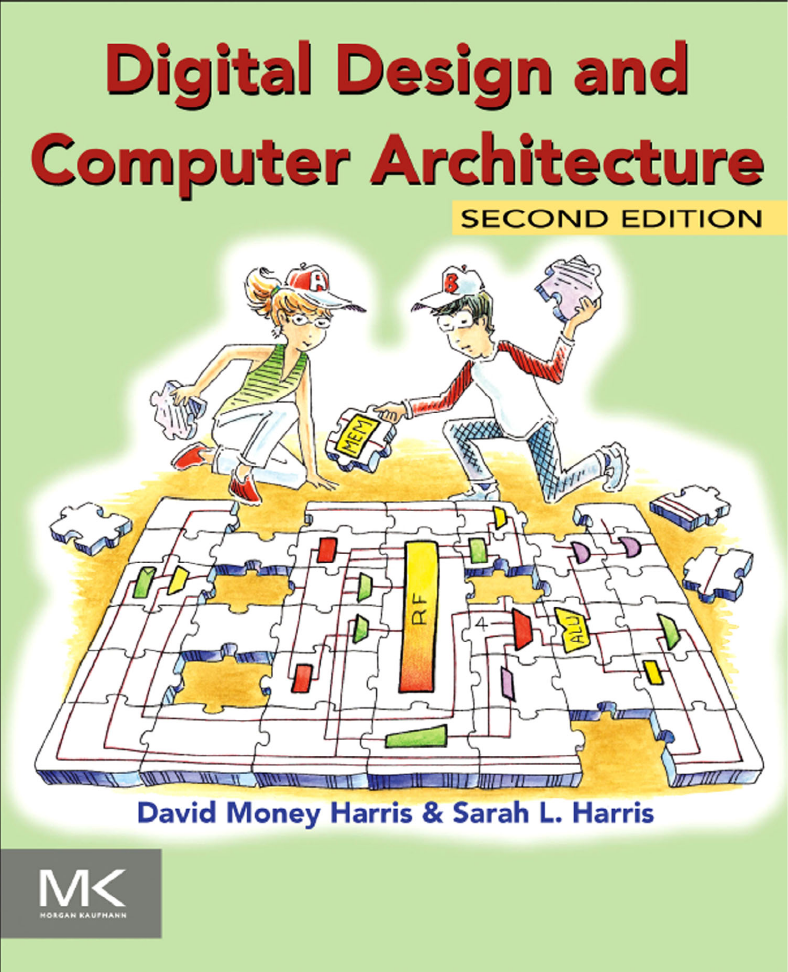
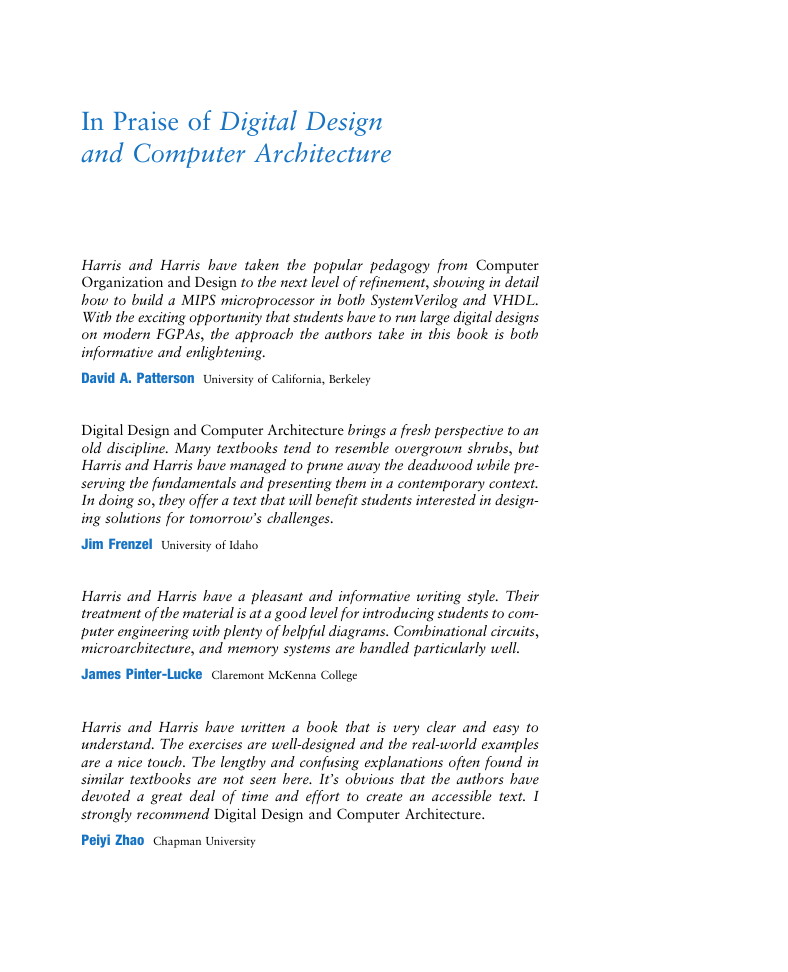
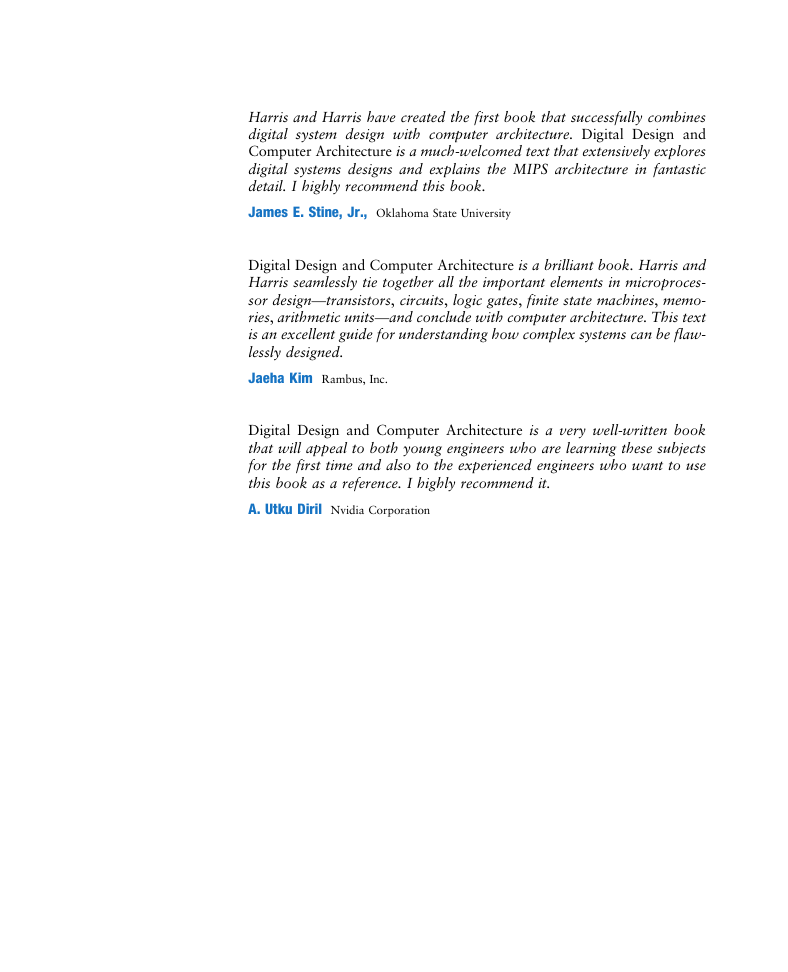
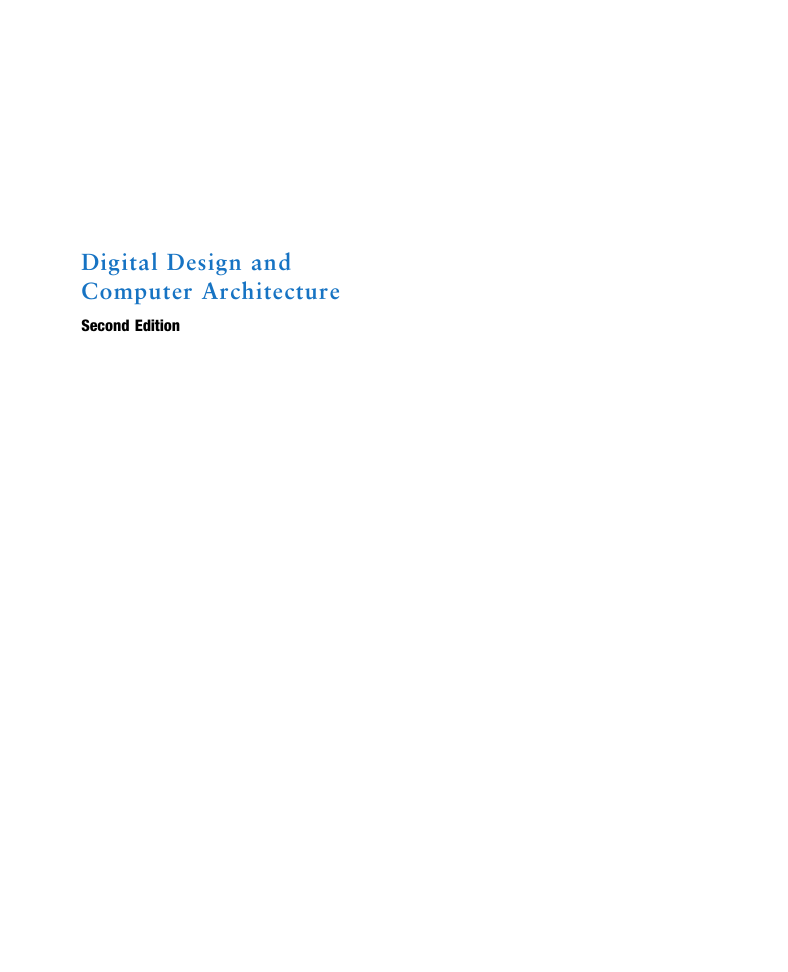
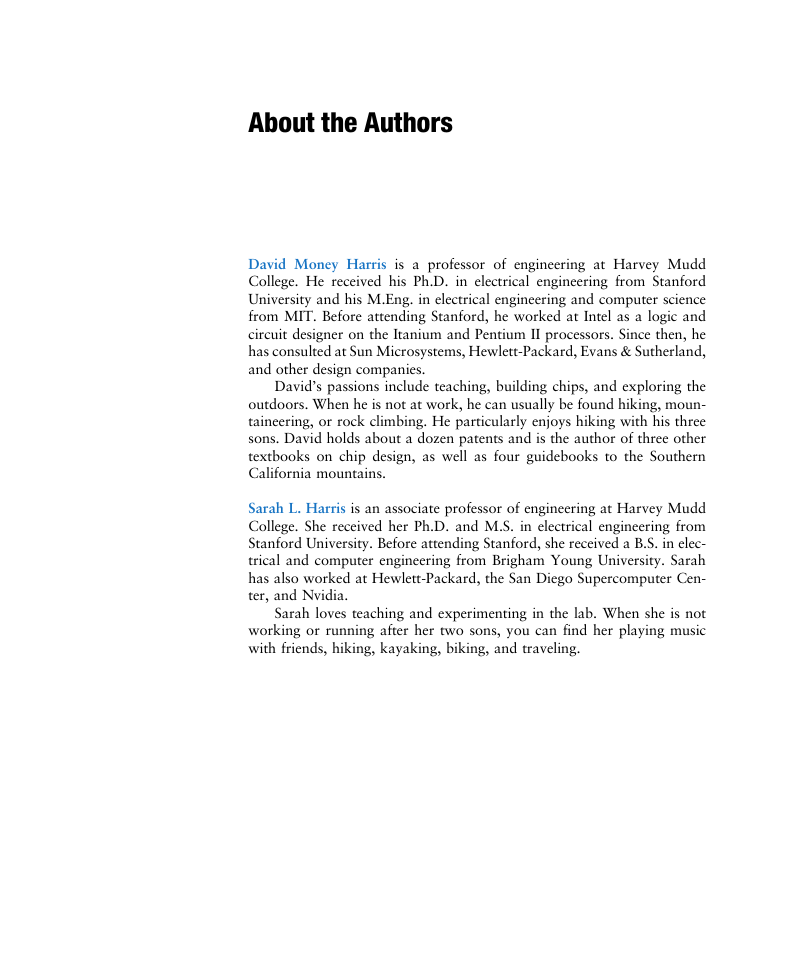
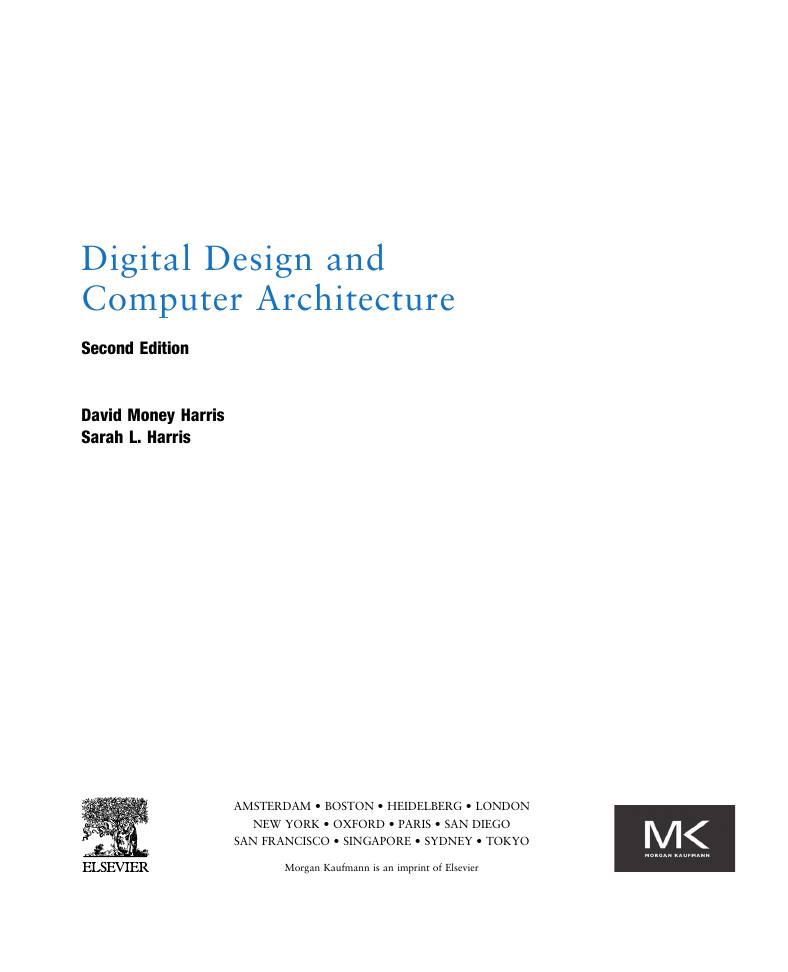
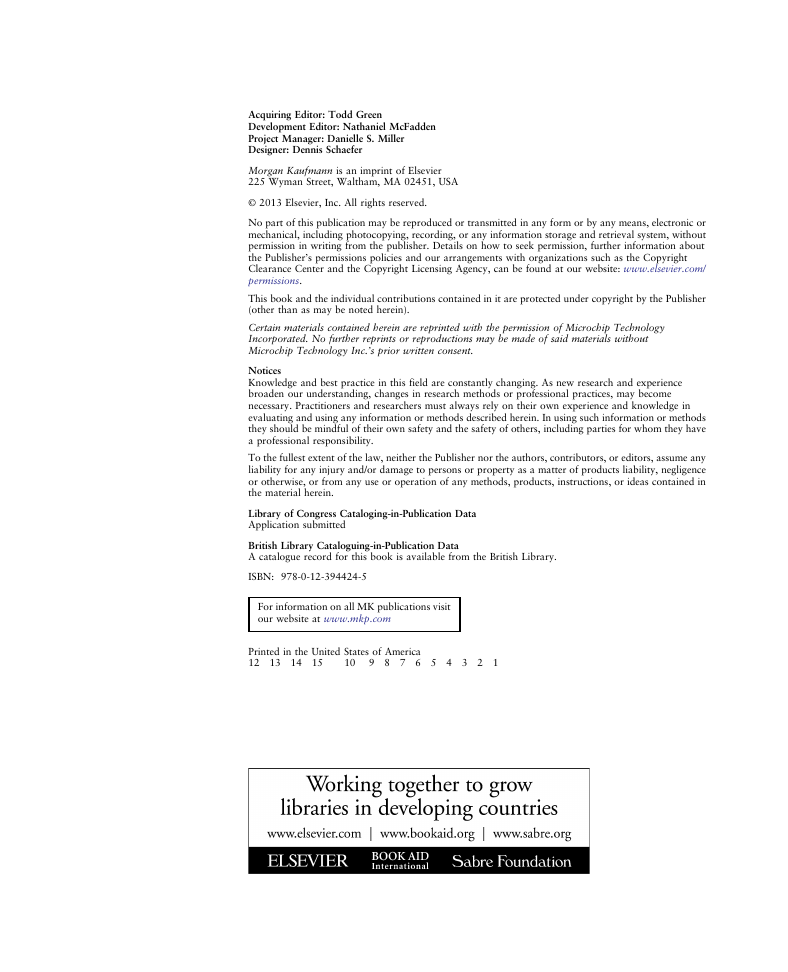
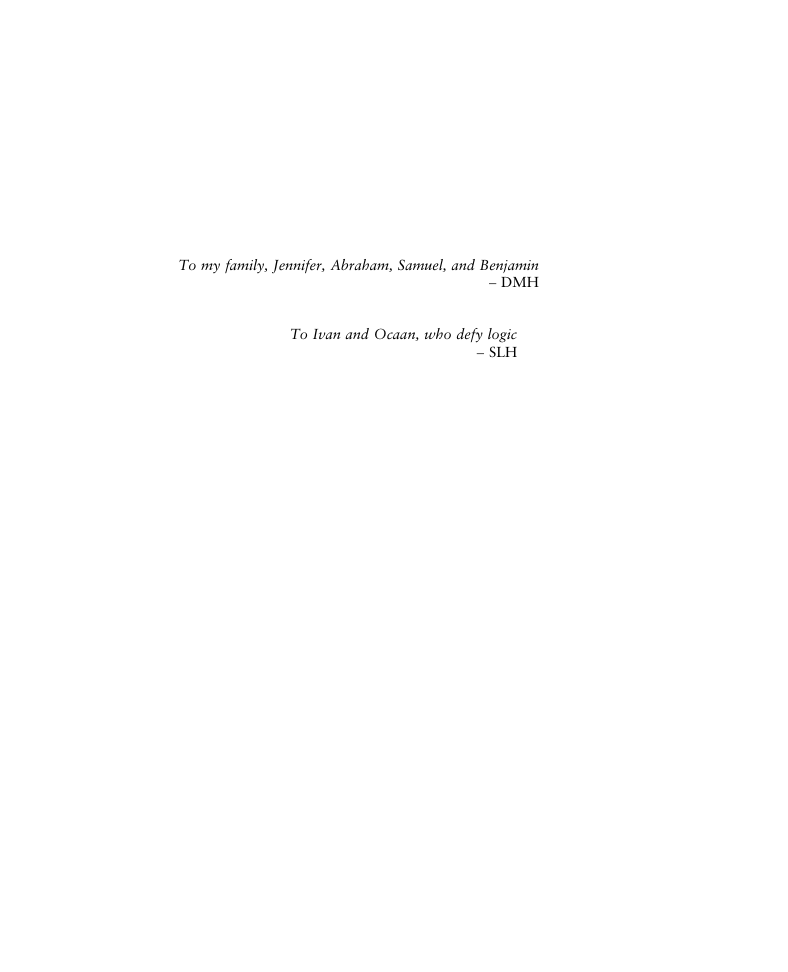








 2023年江西萍乡中考道德与法治真题及答案.doc
2023年江西萍乡中考道德与法治真题及答案.doc 2012年重庆南川中考生物真题及答案.doc
2012年重庆南川中考生物真题及答案.doc 2013年江西师范大学地理学综合及文艺理论基础考研真题.doc
2013年江西师范大学地理学综合及文艺理论基础考研真题.doc 2020年四川甘孜小升初语文真题及答案I卷.doc
2020年四川甘孜小升初语文真题及答案I卷.doc 2020年注册岩土工程师专业基础考试真题及答案.doc
2020年注册岩土工程师专业基础考试真题及答案.doc 2023-2024学年福建省厦门市九年级上学期数学月考试题及答案.doc
2023-2024学年福建省厦门市九年级上学期数学月考试题及答案.doc 2021-2022学年辽宁省沈阳市大东区九年级上学期语文期末试题及答案.doc
2021-2022学年辽宁省沈阳市大东区九年级上学期语文期末试题及答案.doc 2022-2023学年北京东城区初三第一学期物理期末试卷及答案.doc
2022-2023学年北京东城区初三第一学期物理期末试卷及答案.doc 2018上半年江西教师资格初中地理学科知识与教学能力真题及答案.doc
2018上半年江西教师资格初中地理学科知识与教学能力真题及答案.doc 2012年河北国家公务员申论考试真题及答案-省级.doc
2012年河北国家公务员申论考试真题及答案-省级.doc 2020-2021学年江苏省扬州市江都区邵樊片九年级上学期数学第一次质量检测试题及答案.doc
2020-2021学年江苏省扬州市江都区邵樊片九年级上学期数学第一次质量检测试题及答案.doc 2022下半年黑龙江教师资格证中学综合素质真题及答案.doc
2022下半年黑龙江教师资格证中学综合素质真题及答案.doc